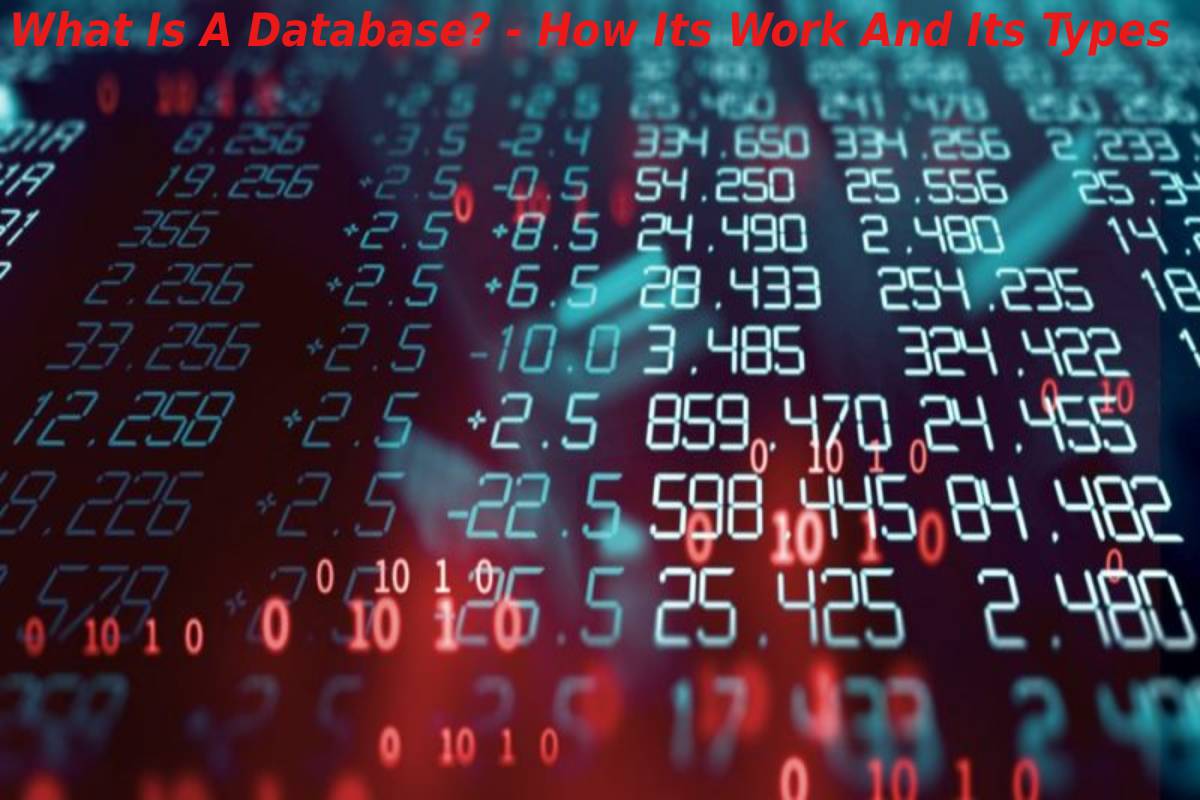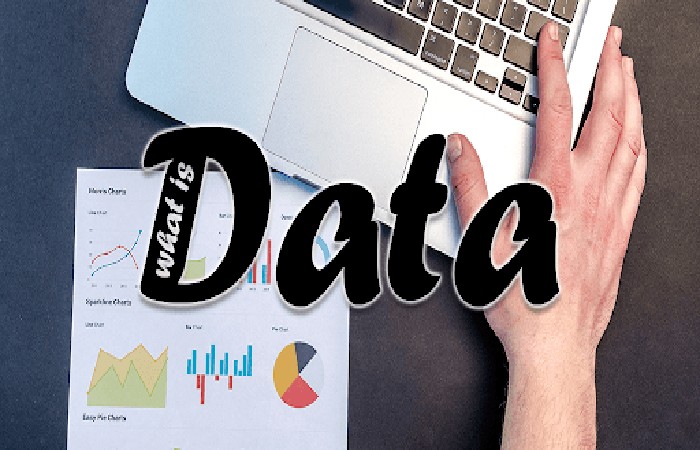What Is Data? – How It Is Stored And Its Types

Table of Contents
What is data?
In computer science, data are symbolic representations (i.e., numerical, alphabetical, algorithmic, etc.) of a certain attribute or a qualitative or quantitative variable: the coded description of an empirical fact, an event, an entity.
Therefore, the data is the information (values or references) that the computer receives in various ways and that is manipulated through the processing of programming algorithms. Its content can be practically any: statistics, numbers, descriptors, which individually have no meaning for the system’s users, but can interpret together to obtain complete and specific information.
In programming languages used to create and organize the algorithms that any computer or computer system follows,.
It is the expression of the specific properties of the entities on which those algorithms operate. In other words, they are the first input from which the information can be processed and put together.
They are particularly important for data structure, a branch of computer science that studies the unique way in which information is stored in tiny pieces so that it can be efficiently found later.
How the data is stored
Computers represent data, including video, images, sounds, and text, as binary values using patterns of just two numbers: 1 and 0. A bit is the smallest unit of it and represents only one value. A byte has eight binary digits. Memory and memory measure in megabytes and gigabytes.
Data metrics continue to grow with the amount of it collected and stored. The relatively new term “Brontobyte” is, for example, data storage that corresponds to 10 to the power of 27 bytes.

For example, it can be stored in file formats on mainframe systems using ISAM and VSAM. Other file formats for data storage, conversion, and processing include values separated by commas. These formats continued to find use on a wide variety of machine types, even as more structured, data-centric approaches to enterprise computing gained importance.
Another specialization developed as a database, database management system and then relational database technology for information organization emerged.
Type of data
When we speak of data types (or simply “type”) in computer science, we mean an attribute presented to the computer on the kind of it available to process. This includes delimiting or restricting of it, defining the values it can take, what operations can perform on it, etc.
Some types of data are:
Characters Individual digits that can represent by numeric data (0-9), letters (az), or other symbols.
Unicode characters. Unicode is a coding standard that enables data to represent more efficiently and thus allows up to 65535 different characters.
Numerically. They can be real numbers or whole numbers as needed.
Boolean values. They represent logical values (true or false).
Data examples
Some examples of it maybe those that make up the hierarchy of computer data, in an ascending pyramid from the simplest to the most complex:
Bits. Each binary code language entry, i. H. 1 or 0.
Characters Numbers, letters, or special characters, each consisting of a combination of bits. Example: The decimal number 99 corresponds to 1100011 in binary format.
Fields. An ordered string of characters, such as a word such as the user’s first and last name, is filling out an online form.
Records. Sorted field sets as required to log in to our email.
Records. Sets of it records ordered, such as the cookies, that websites store in our system and contain information about the sessions we have initiated.
Information (in computer science)
In computer science, information is understood as ordered, sequential data processed by a programming algorithm. It enables us to reconstruct a reference point such as a concrete fact or a real meaning.
Therefore, retrieving information from packets or records is the ultimate goal of computing as computer systems encode.
It represent information through various mechanisms and languages that enable them to communicate with one another quickly and efficiently.
